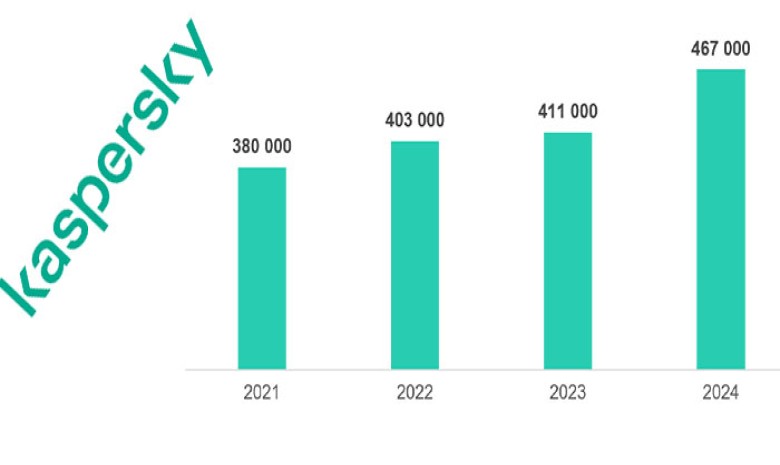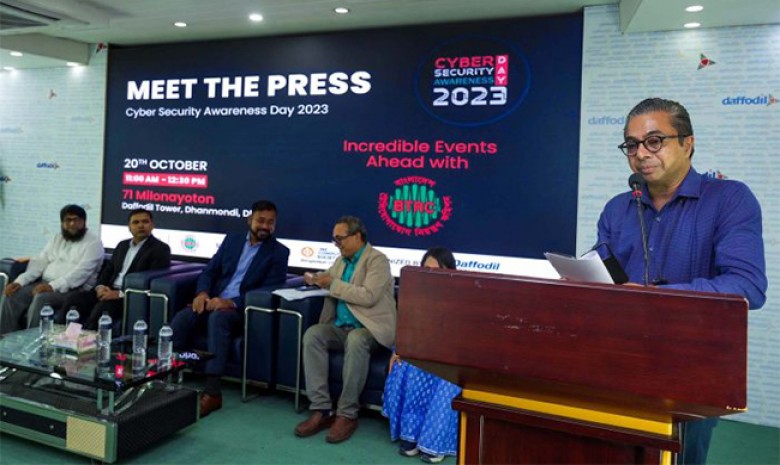Kaspersky’s detection systems discovered an average of 467,000 malicious files per day in 2024, marking a 14% increase compared to the previous year. Certain types of threats saw significant growth with experts reporting a 33% surge in Trojan detections compared to 2023. These and other findings are described in the Kaspersky Security Bulletin (KSB) – an annual series of reports analyzing major developments in the cybersecurity landscape.
Windows remains the top target for cyberattacks, with 93% of daily malware detections. Kaspersky reports a 19% rise in Windows malware from 2023 to 2024, including a 33% increase in Trojans and a 150% surge in Trojan-droppers, which stealthily deliver other malware via scripts and MS Office documents.
"The number of new threats grows every year as adversaries continue to develop new malware, techniques and methods to attack users and organizations. This year was no exception to this, and there were dangerous trends observed, such as attacks on trusted relationships and supply chains, including those on open-source packages (e.g., the XZ case). There were massive phishing and malicious campaigns targeting social media users and a rise in banking malware. And, of course, the use of AI tools to generate new malware or facilitate phishing attacks. In this evolving cyber threat landscape, the use of reliable security solutions is vital. Kaspersky experts are always dedicated to countering new and challenging cyberthreats, ensuring a secure online experience for users as well as robust cybersecurity and the latest threat intelligence for organizations," comments Vladimir Kuskov, Head of Anti-Malware Research at Kaspersky.
These discoveries are based on Kaspersky detections of malicious files from January to October and are part of Kaspersky Security Bulletin (KSB)-an annual series of predictions and analytical reports on key shifts within the cybersecurity world. Follow this link to learn more about other KSB reports.
To stay protected, individuals should avoid downloading apps from untrusted sources, clicking on suspicious links, or disabling security software. Use two-factor authentication, strong, unique passwords, a reliable password manager, and promptly install updates for critical security fixes. Employ robust solutions like Kaspersky Premium. Organizations should keep software updated, restrict public access to remote desktop services (e.g., RDP), and use strong passwords. Solutions like Kaspersky NEXT EDR Expert provide endpoint visibility, automate EDR tasks, and neutralize advanced threats. Leverage Threat Intelligence for insights into attackers' tactics, and regularly back up corporate data, isolating backups from the network with quick access during emergencies.
Total views: 1118


























